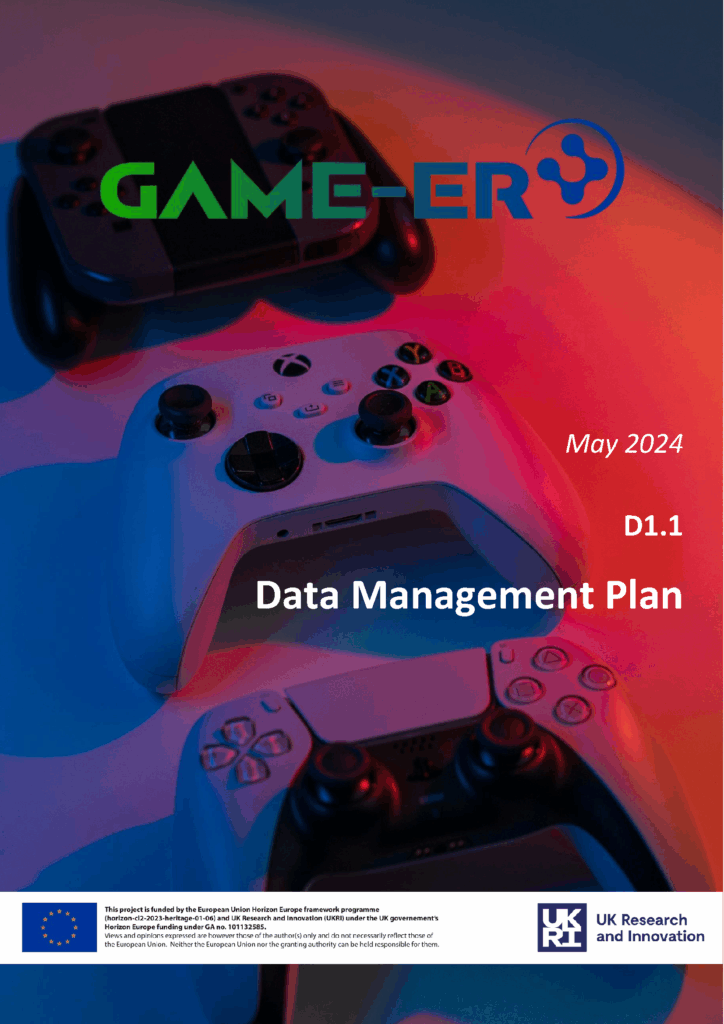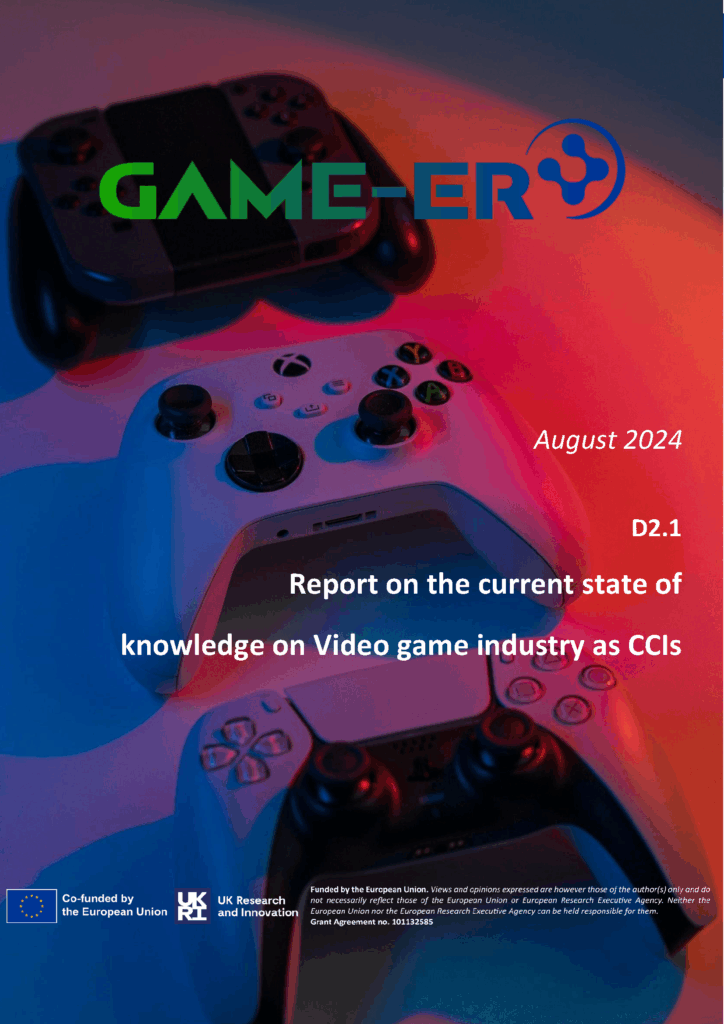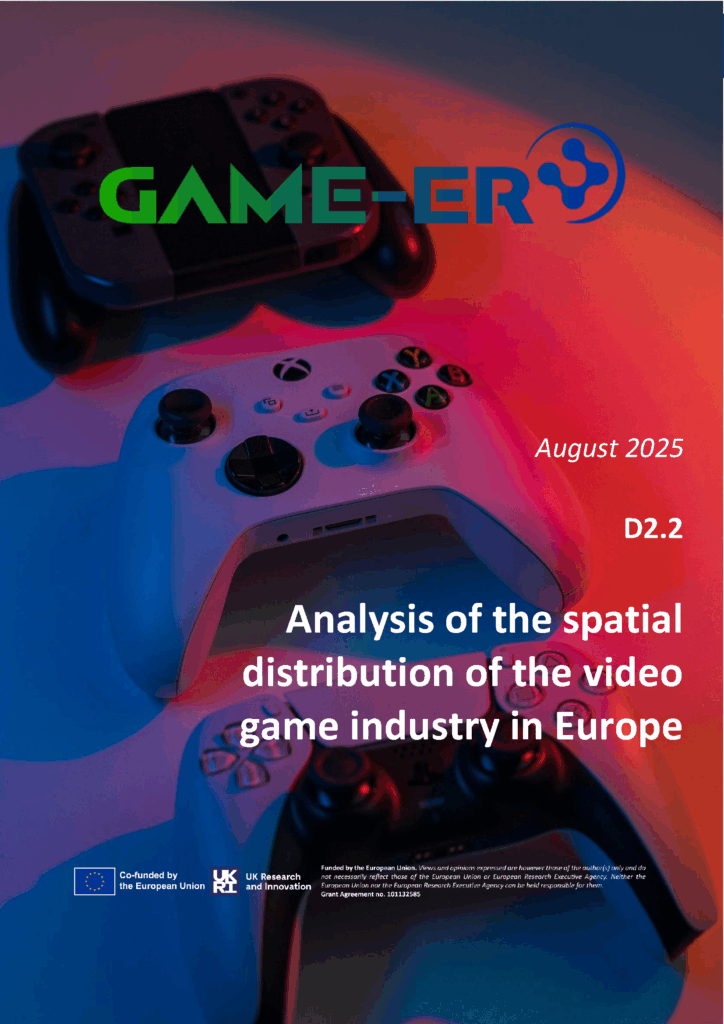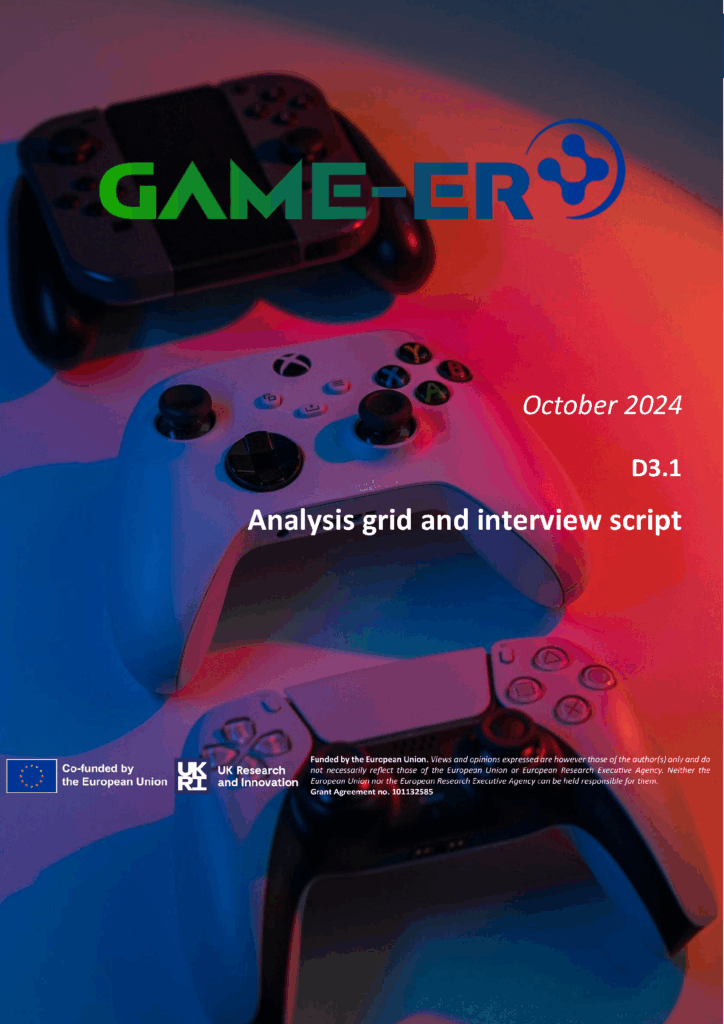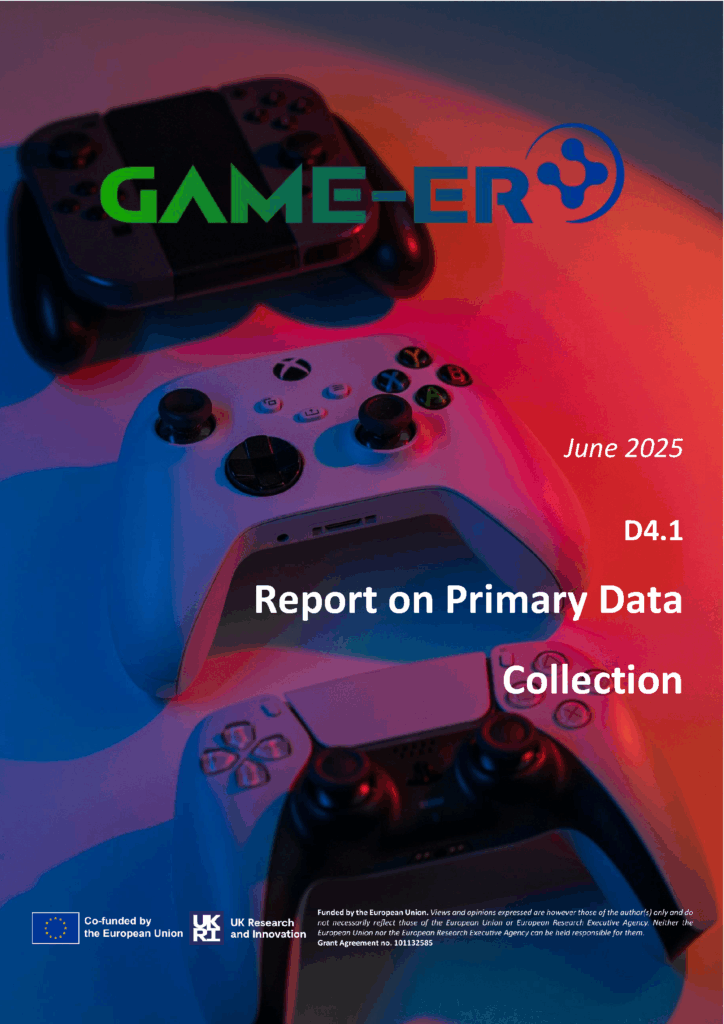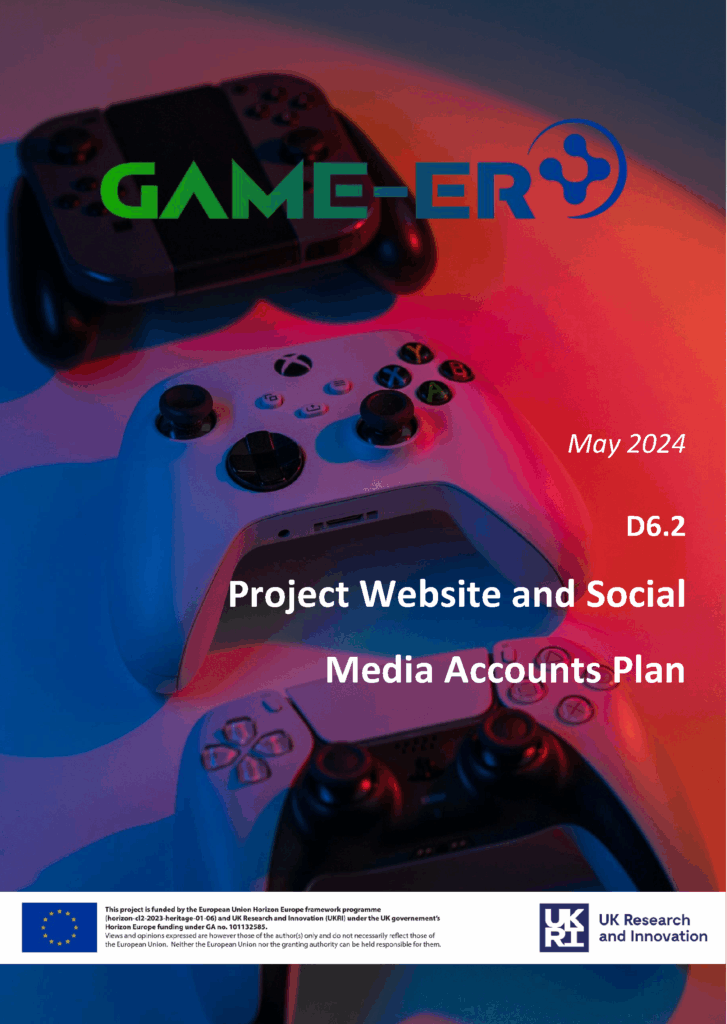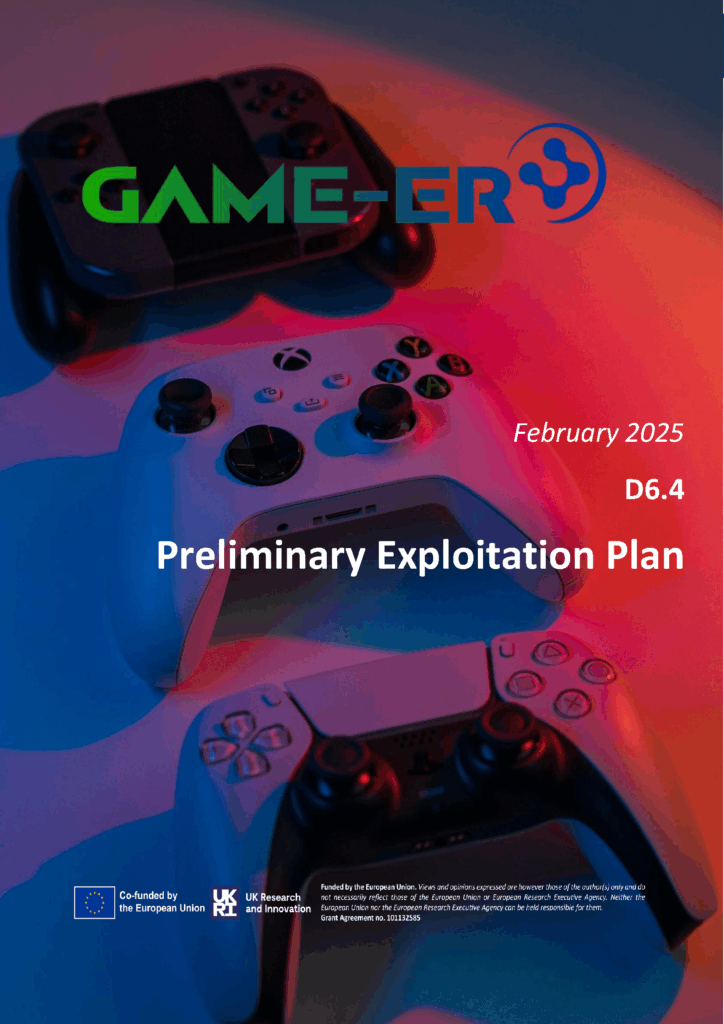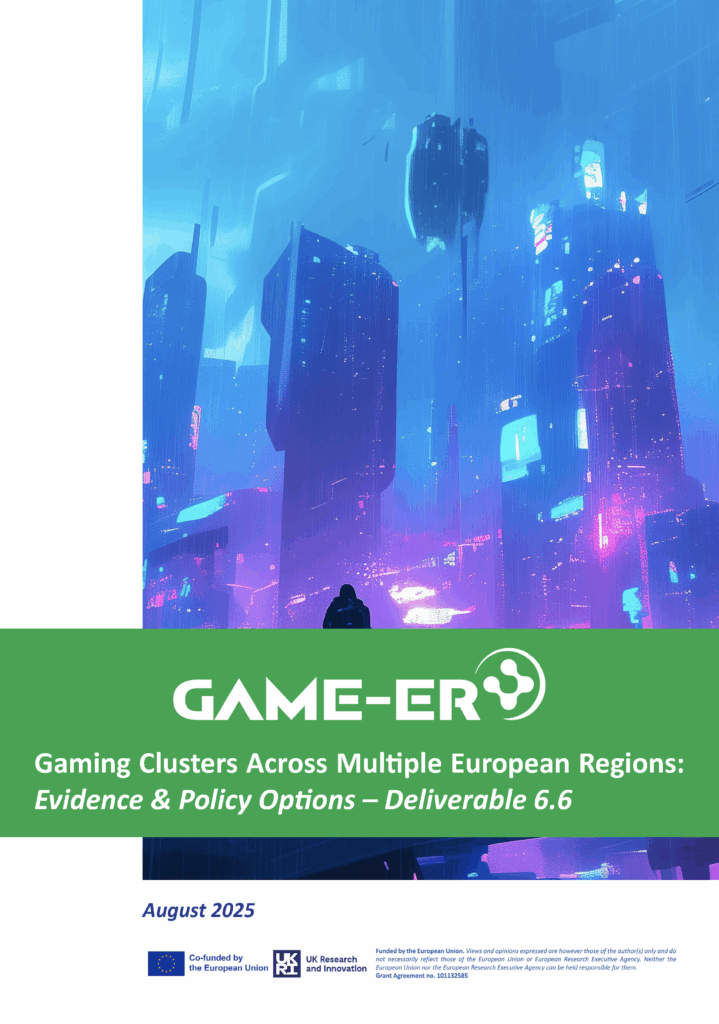
THE DELIVERABLES
In this section you can consult the public deliverables available for the GAME-ER project.
This deliverable sets the foundation for the GAME-ER project’s conceptual and empirical assessments, providing a basis for future quantitative and qualitative research on video game clusters at the European regional level.
The report, prepared by UNITO, is the output of T2.2, run between M4 and M18 of the GAME-ER project, whose goal has been the collection of firm level data of companies using a data-driven approach to produce a spatial analysis of video game clusters.
This deliverable provides the comparative dimensions for analyzing the spatial organization and clustering dynamics of the video game industry across Europe, with a particular focus on local and regional clusters located outside major urban centers.
This report presents findings from the project, specifically the findings relating to Task 4.1 “Primary data collection on clusters”. The GAME-ER project focuses on six case studies – Brno (Czechia), Dundee (Scotland, UK), Fundão (Portugal), Lyon and Bordeaux (France), and Turin (Italy) – each representing a unique regional context where the video game sector has developed outside the dominant capital-city ecosystems.
The policy review has set out to explore the current video game industry cluster policy landscape to provide a foundation for new policy recommendations originating from forthcoming tasks in the GAME-ER project. To this end, CUNI collected 42 documents authored or commissioned by key stakeholders in the area of video game industry policy, including the European Commission (and its initiatives and projects such as the European Cluster Collaboration Platform), the European Game Developers Federation, or the United Nations’ World Intellectual Property Organization.
The deliverable D6.1 outlines the plan for the dissemination and communication activities (DCP) of the GAME-ER project. This document highlights the activities and channels that will ensure the exposure of the GAME-ER project. The document consists of several sections, which describe the DCP objectives and strategy, the target groups, the visual identity development process, the social media strategy and website structure, the most important communication and dissemination channels, the assessment impact and the Gantt chart of activities for the next period.
D6.2 provides a comprehensive overview of the primary dissemination channels for the GAME-ER project, specifically the GAME-ER website and social media accounts. This deliverable outlines the initial state of these tools and offers a strategic plan for their development and utilization. The document is organized into five chapters. The first chapter presents a brief introduction to the GAME-ER project and the objectives of this deliverable, setting the stage for the detailed strategies that follow.
This deliverable establishes the foundational framework for the GAME-ER project’s exploitation process. The primary objective is to outline the initial strategic steps that will ensure the effective and comprehensive utilization of the project’s Key Exploitable Assets (KEAs).
The deliverable presents core definitions and key concepts related to the exploitation process, providing guidance to project partners on these foundational ideas. This section ensures that all partners have a shared understanding of exploitation strategies, setting a solid foundation for the knowledge transfer and value creation process beyond the project’s lifecycle.
During the first year of the GAME-ER project a comprehensive review of current and existing policies and recommendations related to the project clusters, at local, national, and European level has been carried out. A total of 42 documents authored or commissioned by key stakeholders in the area of video game industry policy were identified (through web research, as well as by means of contacting industry organizations and leveraging their understanding of this area. Reference lists of the policy documents were also used to gather additional documents), between May 2025 and January 2025 and analyzed. The data was analyzed qualitatively in two separate analysis.






